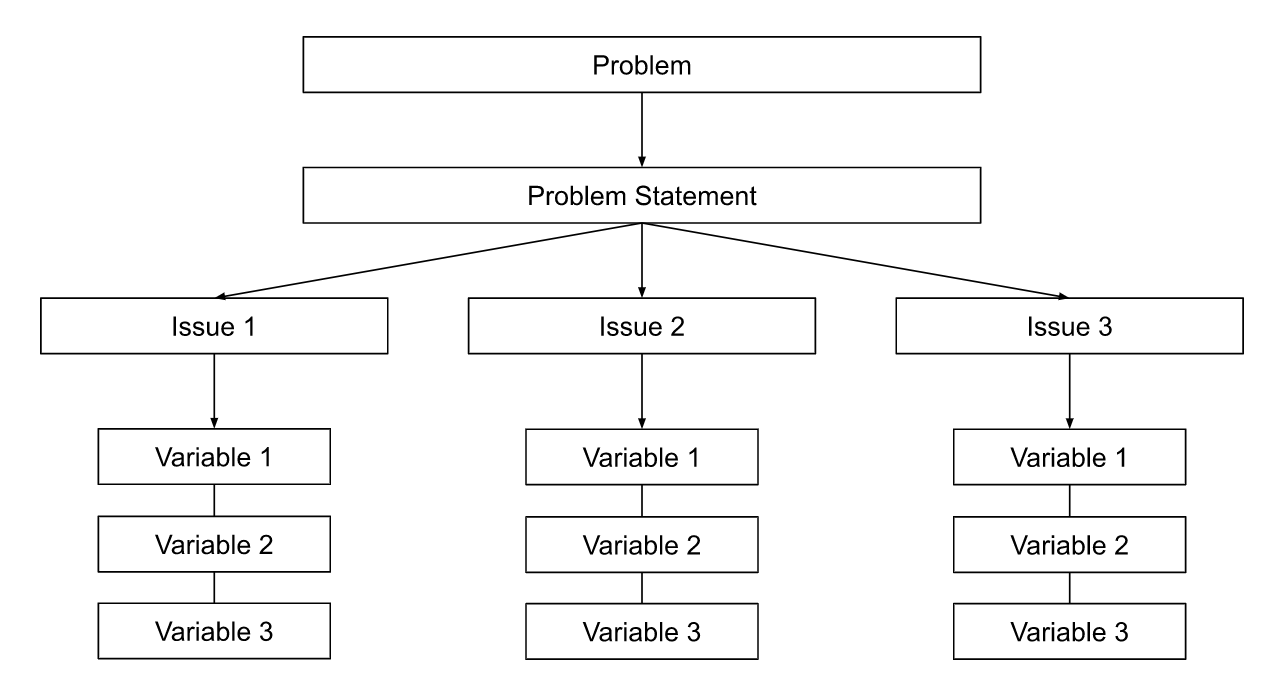- The Simple Student
- Posts
- Reflections from P&G: How to Approach Problems
Reflections from P&G: How to Approach Problems
Part 1/3 of How to Solve Problems

“What exactly are we solving for?” This is a very common question asked by many at P&G.
This is a brilliant question that I notice many, including myself, fail to stop and ask. I notice this especially among students like myself, and in my capacity as an IB tutor. As students, we tend to rush to solve what is directly presented to us, instead of pausing to digest the problem.
But as I transition from ‘undergraduate’ to ‘working adult’, I believe it’s important to recognise how to approach a problem and break a problem down.
In this post, I will outline why knowing how to approach problems is critical, what this means and how to get started.
Why is approaching a problem important?
So we don’t solve for the wrong outcomes. This is the pithy reason (which may appear obvious).
What’s not obvious, however, are the secondary implications on you and your stakeholders.
Solving the wrong problems could lead to:
Wasted time and costs for everyone, including your managers/stakeholders
Ineffective recommendations that don’t drive expected outcomes
Unclear direction with fuzzy focus
Scope creep
Worsened personal reputation/image
These can be avoided simply by taking a few more moments to specify what exactly you’re solving for. Adopting an approach to problem solving is a quick yet effective way to do this.
What is a Problem Solving Approach
A problem solving approach is a framework that you use to break a broad problem into smaller issues to solve for.
Obviously, there’s no one “perfect” way to approach a problem. Below, I share my problem solving approach I’d used at P&G.

My P&G Problem Solving Approach
Explaining what each stage means:
Problem
The direct and obvious thing presented to you. 99% of the time, this isn’t the ‘real’ problem you’re solving for.
Problem Statement
This is a scoped response of the original Problem. It acts as your North Star.
This embeds the ‘goal’ or outcome that you want to achieve. Achieving this means you have successfully solved the original Problem.
*I will share further reflections on how to scope a Problem in a separate post.
Issue
This is the deeper, specific ‘Root Cause’ of the original Problem.
The original Problem will likely have multiple Issues. As the problem solver, it’s critical to prioritise and decide what Issue(s) to address and solve for here.
Variable
This is the factor affecting the ‘Root Cause’.
Again, there are likely more than one factor/variable affecting each issue.
Unlike Issues, Variables can be changed and acted on.
Acting on Variables correctly will likely drive positive outcomes to solve the Issue.
How to Apply the Problem Solving Approach: A Real Life Example
To illustrate the approach, I’ll apply the above to a simple example.
Problem
Brand A’s revenue is falling 10% month-on-month.
Problem Statement
How to stem revenue decline or drive additional revenue by expanding sales presence on Shopee, Lazada and Amazon among target consumers?
*In fact, this problem statement can be even clearer with more specific focus areas. What exactly am I solving for?
Stemming revenue decline or driving additional revenue?
Expanding sales presence as in? Growing weekly revenue? Growing sales channels? Increasing visibility? Increasing CTR to conversion rates?
Any specific success metrics?
Target consumers as in? Gen Xs? Millennials? Gen Zs? Consumers whose budgets are between a set price range?
Issue
Brand A’s products are not listed among the top 20 search results on each platform.
Brand A’s products have high CTR, but conversion rates are <0.05%.
Target consumers are not browsing Brand A’s sales channels.
Variable
Listings have too few reviews, which impacts its position in search results.
Product photos are attracting clicks, but descriptions are not persuasive or informative enough to drive conversions.
Listings have too many negative reviews.
To solve the problem, tackle the Variable, which then addresses the Issue, achieves the Problem Statement’s goal and eventually solve the problem.
E.g. Inviting more reviews to Brand A’s products will then boost its search ranking, which then raises visibility on platforms, thus getting more clicks and conversions, to drive additional revenue.
Evidently, the approach appears simple. But each stage along this approach can balloon to many sub-paths and vectors. The real challenge lies in applying this approach skilfully.
How to Take Action: Actionable Takeaways
So, how could you and I put this into practice? By applying problem solving approaches (whatever works best for you) consistently.
Practise how to define and scope the context of a problem.
Practise how to identify and extract the focus areas (elements) of a problem.
Practise how to slice a problem down to its Root Cause(s) and variables.
Practise MECE thinking.